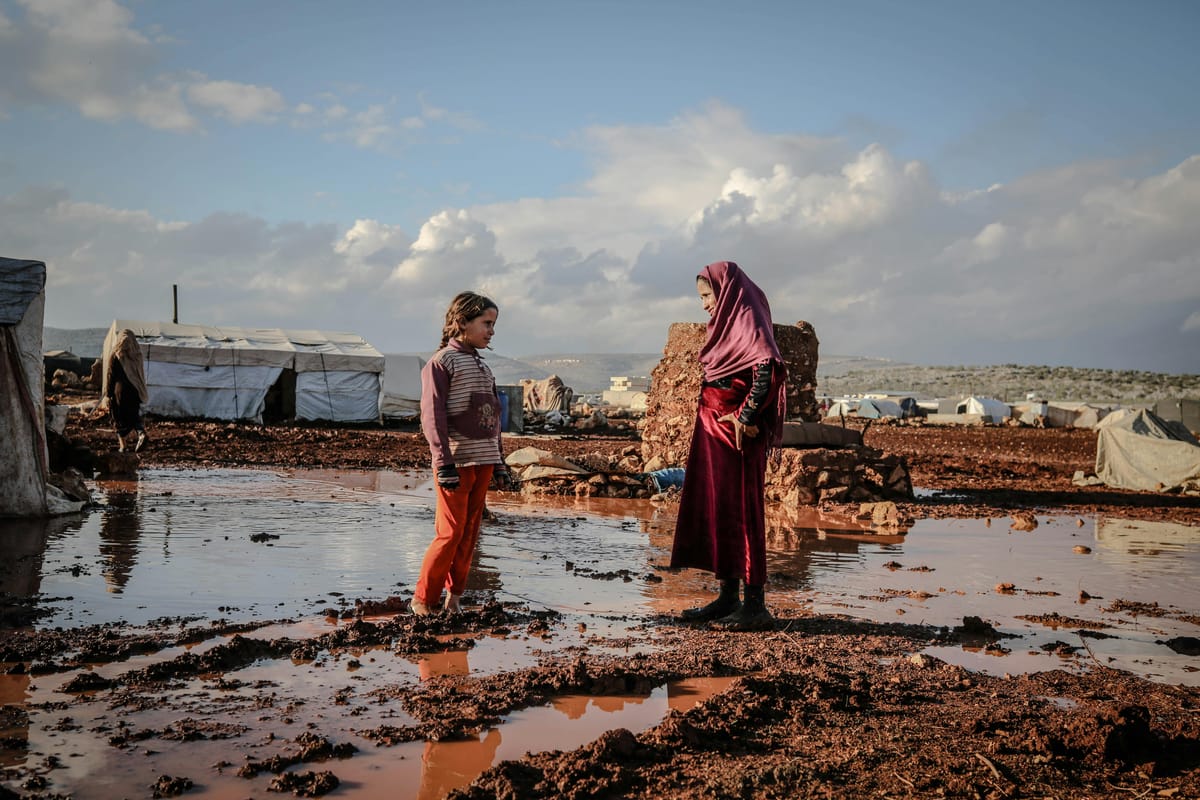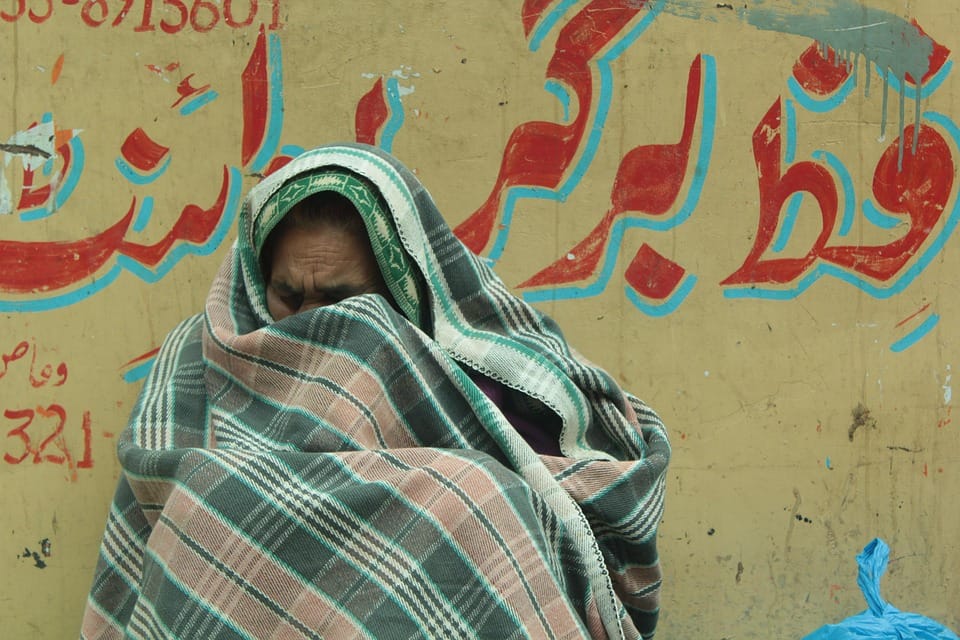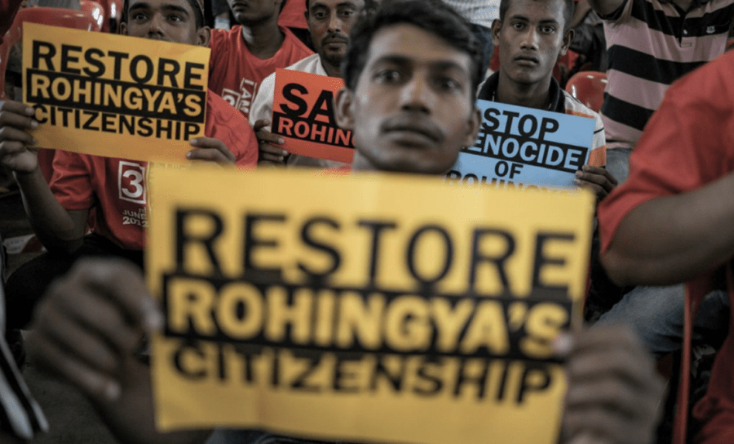

We have all frequently heard about the great Indian freedom struggle, which was not only a pivotal moment in India's history but also a lasting reminder for its citizens to resist external domination and avoid becoming mere puppets in the hands of foreign powers. A strikingly similar situation was witnessed in Burma (modern day Myanmar) as well.
Burma, a country of various paradoxes, has had a very intricate history in the context of Muslim and non-Muslim relations, dating back to the eighth century when Muslim traders entered its territories. And this where the Rohingya community came into existence in Burma.
So Who are Rohingyas?
The Rohingyas are a Muslim ethnic minority from Myanmar’s Rakhine state who have long endured extreme persecution, with the United Nations recognizing them as one of the most oppressed communities in the world. Forced to flee brutal violence and statelessness, many have sought refuge in neighboring countries like Bangladesh and India. In India, thousands have made their way to cities such as Jammu, Hyderabad, and Delhi, where they struggle to survive in makeshift camps, facing uncertainty and hardship every day.

Historical Context
The Rohingyas were once part of the independent Mrauk-U kingdom in Arakan, distinct from both the Burman kingdoms and Bengal. Muslim traders arrived as early as the eighth century, settling along the shores, with more sailors and migrants following over the centuries. In the 1400s, King Narmeikhla, aided by a Muslim army from Bengal, reclaimed Mrauk-U from Burman invaders, strengthening ties between Bengal and Arakan. This connection influenced the kingdom, with Mrauk-U rulers adopting Muslim court titles while Buddhist kings remained in power. Muslim officials played key roles in governance, reflecting the region's tradition of diverse and inclusive courts.
In 1784, Burman King Bodawpaya conquered Arakan, forcing many Rohingya to flee to British-controlled Chittagong (now Cox’s Bazar). Some of these refugees launched raids against the Burmese kingdom, leading to tensions when the king’s forces pursued them into British territory. In 1811, Chin Bya, a Rohingya leader, briefly reclaimed Arakan but was later pushed back into Bengal, where many Rohingya remained and integrated into the local community. When the British colonized Burma (1824–1942), they treated migration from South Asia as internal movement. However, the Burmese government later labelled it illegal, denying Rohingya citizenship—despite their presence in the region since the 12th century.
Infiltration of Rohingyas in India from Bangladesh
Rohingyas, speaking Bengali and with ancestral ties to Bangladesh, initially sought refuge there. However, Bangladesh halted humanitarian aid in August 2012 due to the rising numbers of refugees. Turning to Thailand, the Rohingyas were denied entry, though they were provided food and medicine. Malaysia, another Muslim-majority country, adopted a similar stance, blocking their entry.
Next, the Rohingyas attempted to reach Indonesia, where fishermen rescued many. However, by the time Indonesia closed its doors, thousands had already found refuge. Facing rejection from all sides, they sought entry into India. By 2013, Bangladesh had sealed its borders, forcing the Rohingyas to turn towards India’s northeastern regions.
Rohingyas entered India through various routes, avoiding border areas. They spread across states like Assam, West Bengal, Uttar Pradesh, Delhi, Jammu and Kashmir, Andhra Pradesh, and Kerala. The Indian government estimated around 40,000 Rohingyas living illegally in India by 2017, with the largest population in Jammu, which had about 5,700 Rohingyas according to the state government.
Political Discourse and Polarization
In the run-up to the Delhi elections, several political parties have leveraged the Rohingya issue to shape their campaigns. The BJP has repeatedly emphasized national security concerns, linking the presence of Rohingya refugees to alleged threats of terrorism, illegal settlement encroachments, and potential electoral manipulation. Their narrative calls for stricter border control and deportation policies.
On the other hand, opposition parties like Congress and human rights groups argue that the Rohingyas are victims of ethnic cleansing and need humanitarian assistance. They criticize attempts to demonize the community, calling it a distraction from pressing governance issues such as unemployment, inflation, and infrastructure development in the capital.

The Ground Reality in Delhi
Currently, a significant number of Rohingya families reside in temporary settlements on the outskirts of Delhi, mainly in areas like Shaheen Bagh and Kalindi Kunj. Living in substandard conditions, they struggle with access to basic amenities like clean water, healthcare, and education. Several NGOs have stepped in to provide relief, but their efforts remain limited in the absence of governmental support.
The Delhi government has largely remained neutral, focusing more on welfare schemes for its residents rather than actively engaging in the Rohingya issue. However, past eviction drives and demolitions of refugee camps have hinted at the challenges these communities face, caught between political posturing and legal uncertainties.
Future of Rohingyas
The future of Rohingyas still remains uncertain in India. The current government has been trying to deport them while making sure that their safety is not compromised, but these attempts have been proven to be feudal due to the non-compliance of the Myanmar Government. It is very difficult for both the governments to separate the terrorists with genuine refugees. While the CAA (2023) has made India’s stand of considering Rohingyas “illegal immigrants” clear, it is about time that actions are taken regarding the same.
